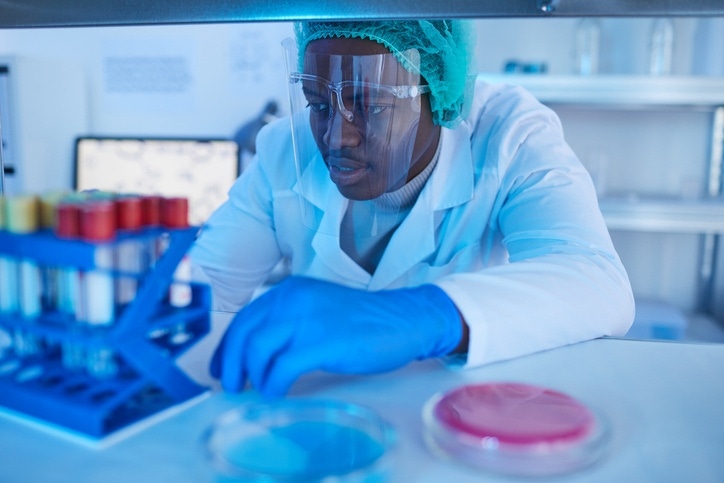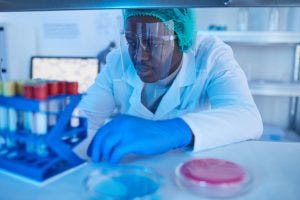Content Spotlight
Podcast: MilliporeSigma says education vital to creating unbreakable chain for sustainability
MilliporeSigma discusses the importance of people, education, and the benefits of embracing discomfort to bolster sustainability efforts.
December 19, 2020

Minimizing variability in cells used to make regenerative medicines is vital but challenging according to an expert, who says a quality cell bank is key.
Cell and gene therapies have the potential to revolutionize medicine and allow physicians cure previously untreatable diseases. But developing a process that produces a stable, consistent product is a technical challenge.
A major challenge is that the starting materials – the cells from which the medicines are produced – need to be carefully handled says Benjamin Fryer, co-founder of Seattle, US-based consulting CDMO, Pluristyx.

Image: iStock/AnnaStills
“Cell and gene therapy firms are trying to take a variable starting material – which is risky and complicates process development – and make it into a stable starting material that gives you a stable output of final product.”
Fryer told delegates at the Cell and Gene Therapy Bioprocessing and Commercialization Virtual Convention establishing high quality cell banks at the right stage of the development process is critical
“One of the keys to minimizing starting material variability is controlling the raw material that comes in, especially the cell banks. If those are made under proper process control it will reduce the process variability.
“If they can deal with this first step, they can de-risk the entire process and potentially make a cure for a human being possible later on,” he said.
Part of the challenge – Fryer says – is that often the approach to “banking” in the research laboratory is more akin to an ongoing culture process than the development of a defined, stable reference stock.
“In the R&D lab, you begin with your starting material – maybe a human embryonic stem cell line, maybe donor lines from patients – the cells might be passaged and shared in the lab. When somebody needs some they simply pull them from that ongoing culture process.
“When you try and translate this research process into clinical grade manufacturing you have to break that down into digestible unit operations that are heavily regulated.”
The first step should be to establish a clinical grade bank of cryopreserved cells from which working cell banks and seed trains can be produced Fryer says.
“Really if you are going to follow this unit operation system, the first three units – seed banking, expansion and matercell bank and potentially genetic modification – must be done so it can supply the process throughout the lifecycle of the product.”
Knowing when to establish the cell bank is also critical according to Fryer, who urges developers to discuss the timing with regulators as early as possible during so-called “Interact” meeting that come before pre-IND meetings.
“In terms of the cell bank, this is a key opportunity to discuss your cell source and any genetic modifications you’re going to make… You want to make sure you have buy-in from the FDA before you start that process after the Interact meeting is done.”
The next key stage is the pre-IND meeting according to Fryer, who said it is key to keep final product in mind.
“To prepare for your pre-IND meeting. You going to derive a GMP master cell bank. If you need a genetically modified bank, you’ll make that and you make working cell banks. Using those banks you’ll make your end product or tissue that reflects the clinical grade production process as closely as possible.”
You May Also Like